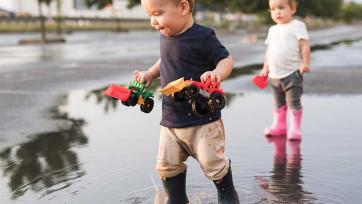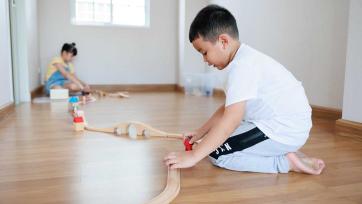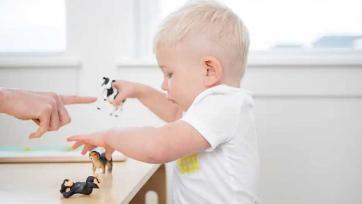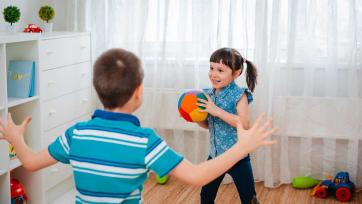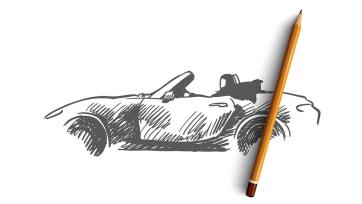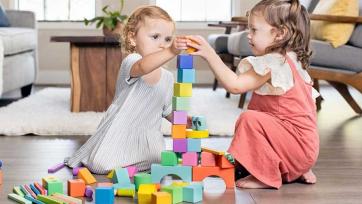It's no secret that kids love to play outdoors; research suggests that outdoor play is one of the best ways to boost children's mental and physical health. However, not all activities are created equal when promoting healthy development in your child. This blog post will explore which exercise is best for kids and why. We will also explore some tips for choosing a suitable activity and ensuring it's safe for you and your child.
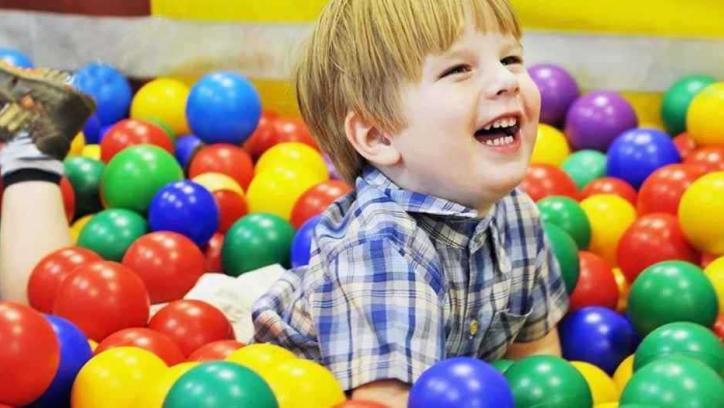
Buying a bike
Whether you're a parent looking to get your kids into shape or want to introduce them to a new hobby, biking can be an enjoyable and healthy activity. Here are three tips for buying the right bike for your child:
1. Look at their size and age.
First, look at your child's size and age when deciding which bike to buy. Younger children will likely need smaller bikes than older ones and vice versa. You also don't want your kid to outgrow their bike too quickly!
2. Consider the riding they plan on doing.
Next, consider what type of riding your child plans on doing. BMX bikes are great for off-road use, while road bikes are more versatile and can depend on pavement and gravel roads (provided the tires have enough grip). Likewise, mountain bikes can handle a variety of terrains, from loose sand to steep hillsides, while hybrid bikes combine features of both types of bikes into one package.
3. Consider the budget.
Finally, factor in your child's budget when buying a bike. There are various options available at different price points, so find one that fits your budget without compromising quality or functionality. Most importantly, remember that cycling is an ongoing expense; once you have bought a bike for your child, it is essential to ensure they always have access.
Playing outside
Playing outside is one of the best ways for kids to have fun and stay healthy. So many things to do, and no need for electricity or equipment! When the weather is nice, try one of these fun outdoor activities with your kids:
1. Hiking:
This is an excellent activity for kids of all ages because it helps them get fit and learn about nature. They can also explore new trails and see beautiful scenery.
2. Fishing:
If you have a pond or stream near your house, take your children fishing! They'll blast reeling in fresh fish and learning about aquatic life.
3. Playing in the Park:
Head to the park and play on the swings, slides, and monkey bars! There are plenty of other possibilities, too, like playing catch, Frisbee, or ball games.
4. Playing Soccer:
Kick a soccer ball around with your children on the lawn or in the street. You can also try mini soccer games in smaller spaces like gardens or backyards.
5. Climbing Trees:
If you live in an area with trees, climb up them! Kids will love getting up high and exploring their surroundings from different viewpoints.
6. Building Forts:
Whether using pillows and blankets to build an elaborate fort inside your house or just constructing simple tents out on the lawn, forts are tons of fun!
Drawing
Kids have a lot of energy and creativity, so it’s no surprise that there are many different ways to draw. Here are some of the most popular activities for kids:
-painting
-drawing with crayons or pencils
-marking paper with a crayon or coloured pencil
-cutting out pictures from magazines or newspapers
-building with blocks
-taking pictures with a camera
Playing video games
Playing video games can be an excellent way for kids to stay active and have fun. Various games are available, so it's easy to find one perfect for your child.
One of the best things about playing video games is that they are portable. Because of their portability, they are ideal for keeping fit when you have no choice. Additionally, many games are relatively short, which isn't overwhelming or too time-consuming.
There are various types of video games, so it's essential to find one that will fit your child's interests and abilities. For example, some games are designed for younger children, while others are more challenging for older gamers. It's also important to consider what type of video game your child is most likely to enjoy - arcade-style or strategy-based games.
Hanging out with friends
When hanging out with pals, there's no such thing as a wrong choice. Whether you hit the park, go to a movie, or hang out at home, there's something for everyone. But which activity is best for kids? Here are three suggestions:
1) Playing outside:
Whether playing tag or hide-and-seek in the yard, getting fresh air is always fun. Plus, all that exercise will keep your child healthy!
2) Going on a trip:
Spending time with friends and family can be fun, but sometimes it's nice to get away from it all. Plan a road trip and see different parts of the country or world. You never know—you may even meet new friends along the way!
3) Playing video games:
Yes, video games can occasionally be frustrating. But spending time with friends in a virtual world can be enjoyable too. If your child likes gaming, encourage them to try different games and find ones they enjoy.
Taking a trip to the library
A visit to the library can be a fun and educational outing for the whole family. Not only can you check out excellent books, but you can also participate in activities like story time, crafts, and games. Here are some of the best trips to the library around:

